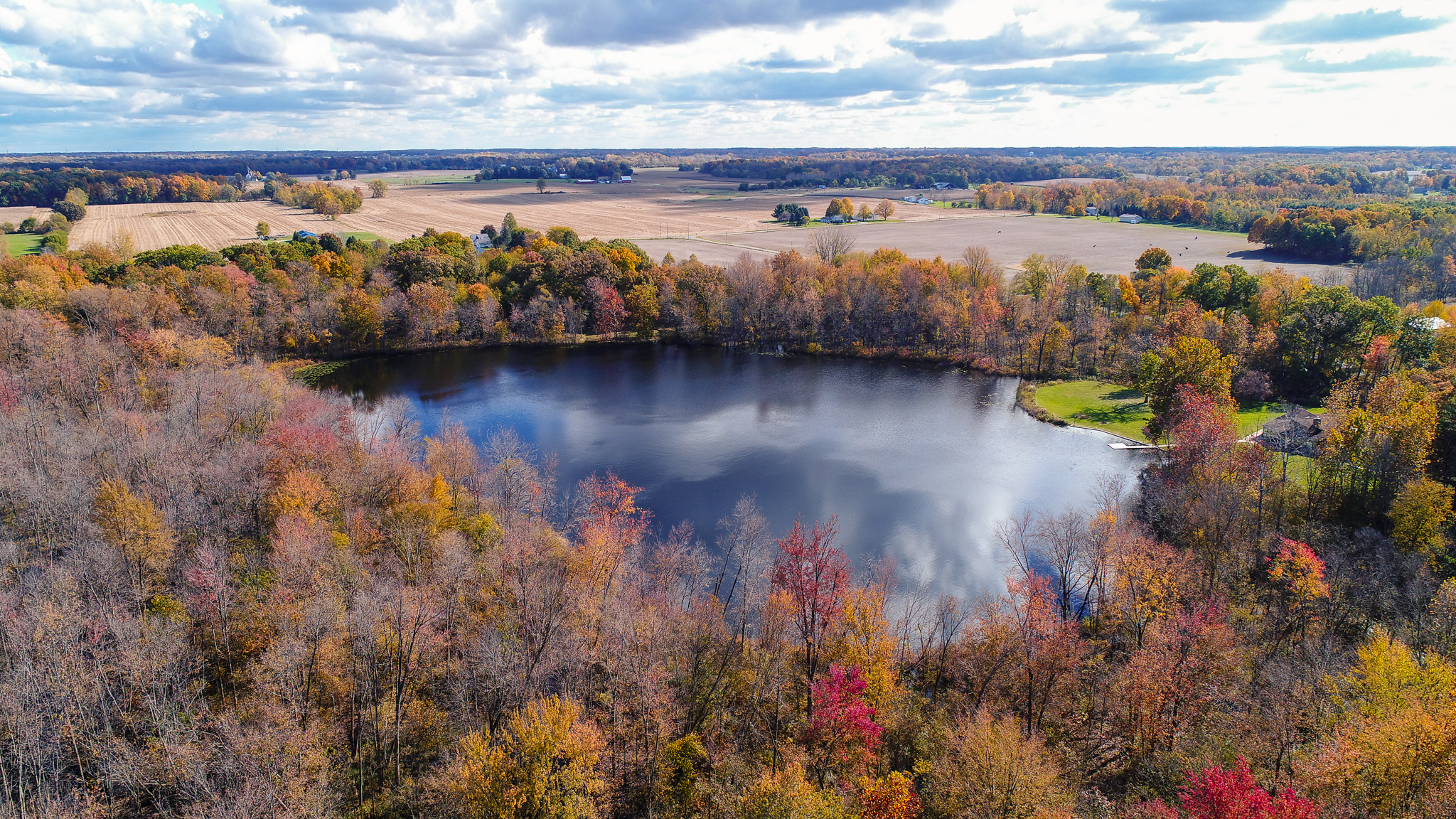Bog, marsh, swamp… what’s the difference?
Indiana is home to a variety of ecosystems. One of the richest and most varied is the wetland. For that reason, you might think “bog,” “marsh” and “swamp” are synonyms. They do share a lot of characteristics! All of these are types of wetlands, and all of them can be found in northern Indiana.
But what are the differences between these ecosystems? One easy way to distinguish between them is the way they receive water. Another is the amount and type of plants and animals they support.
Bog
You will likely find a bog where a lake used to be. Bogs collect excess rainwater and accumulate dead plant material and eventually form a dense, spongey mat on top of the water with grass and moss and sometimes trees growing in it.
A great local example is the Glenwood Bog near Etna Green, IN. Quaking bogs are especially interesting to visit. They act almost like water beds: when walking over them, you will feel the mat shift under your feet.
Because bogs are home to lots of decaying plant matter and moss, the mat and underlying water is usually acidic and has low oxygen levels. They are home to a huge variety of insects and amphibians and even some carnivorous plants like the venus fly trap and pitcher plant.
Marsh
Pisgah Marsh, located near North Webster, IN, is an example of a northern Indiana marsh. This wetland type is dominated by grasses rather than trees. The soil tends to be waterlogged and muddy, making it perfect for herbaceous plant life. Marshes are most often found near the banks of rivers and lakes, where they are likely to be covered frequently (but not continuously) in water. This type of wetland is often home to cattails as the dominant plant, and sometimes less common creatures like the endangered Massasauga rattlesnake or the Blanding’s turtle.
Swamp
A swamp is an area permanently covered in water and dominated primarily by water-tolerant trees, like red maple. Smaller bushes like buttonbush are also found in local swamps and can form dense areas of vegetation similar to mangroves found in southern Florida.
A good example of a swamp is the Miller Wetland on Grace College’s campus, viewable from the greenway in Winona Lake, IN. Rain and flooding cause the water level to change, but in any case, a swamp remains wet. You are likely to find fish, amphibians and reptiles in this ecosystem. The trees and low-lying bushes that grow in swamps are home to nesting birds, too.
In any of its forms, wetlands work to protect our waterways by filtering impurities out of runoff before it can reach a lake or stream. They also absorb large amounts of water to lessen flooding. They play an essential and often unnoticed role in our county’s ecological health. Next time you see a wetland, stop and admire the prolific amount of life that it supports.

What kind of "impurities" do wetlands filter out?
Nutrients come in a vast variety. The two we’re most concerned with, as they apply to local waterways, are phosphorus and nitrogen. When lakes receive too many nutrients, that leads to excess weeds and algae.